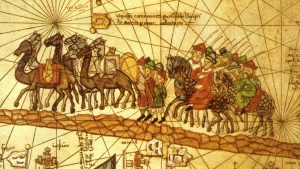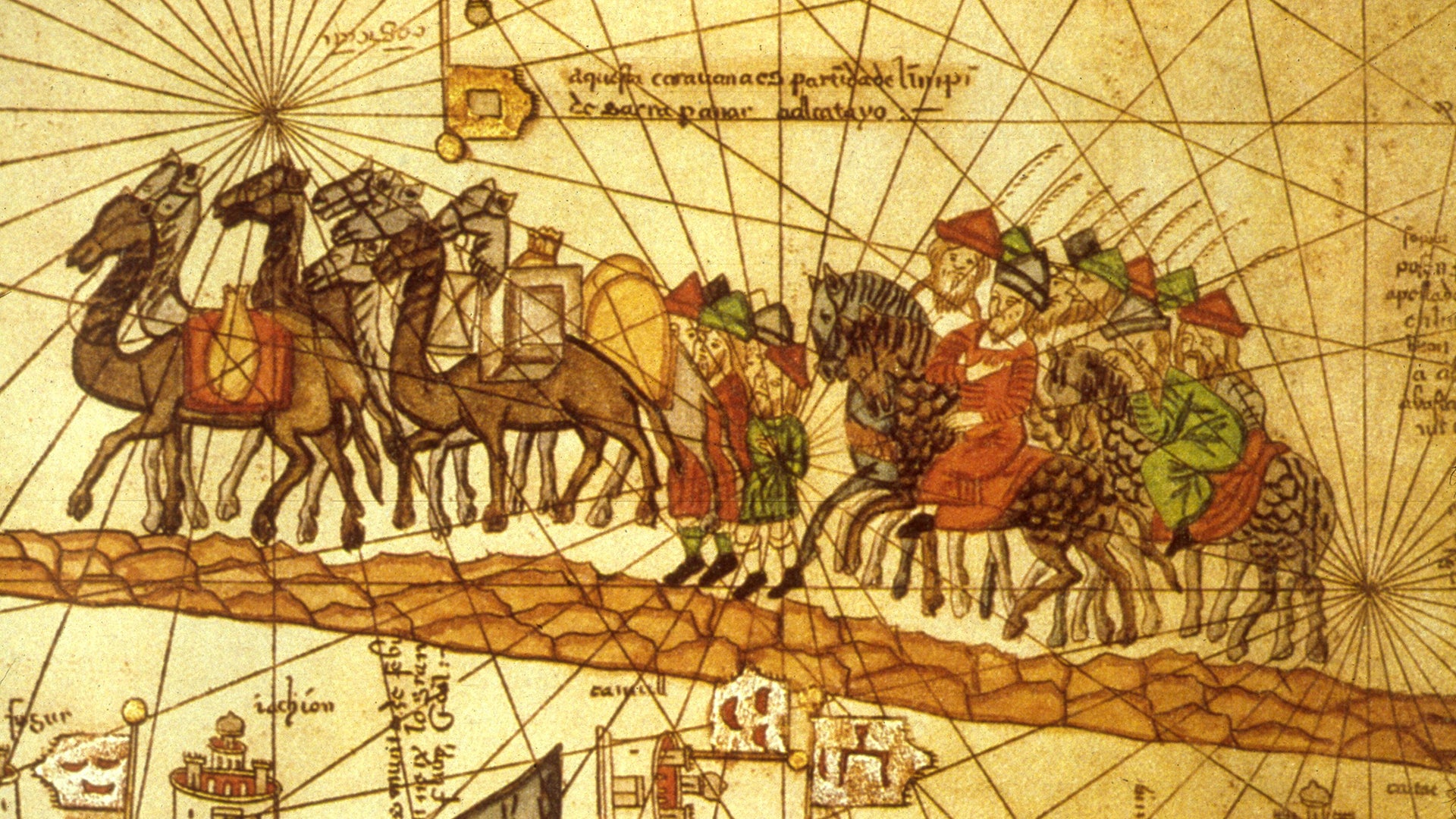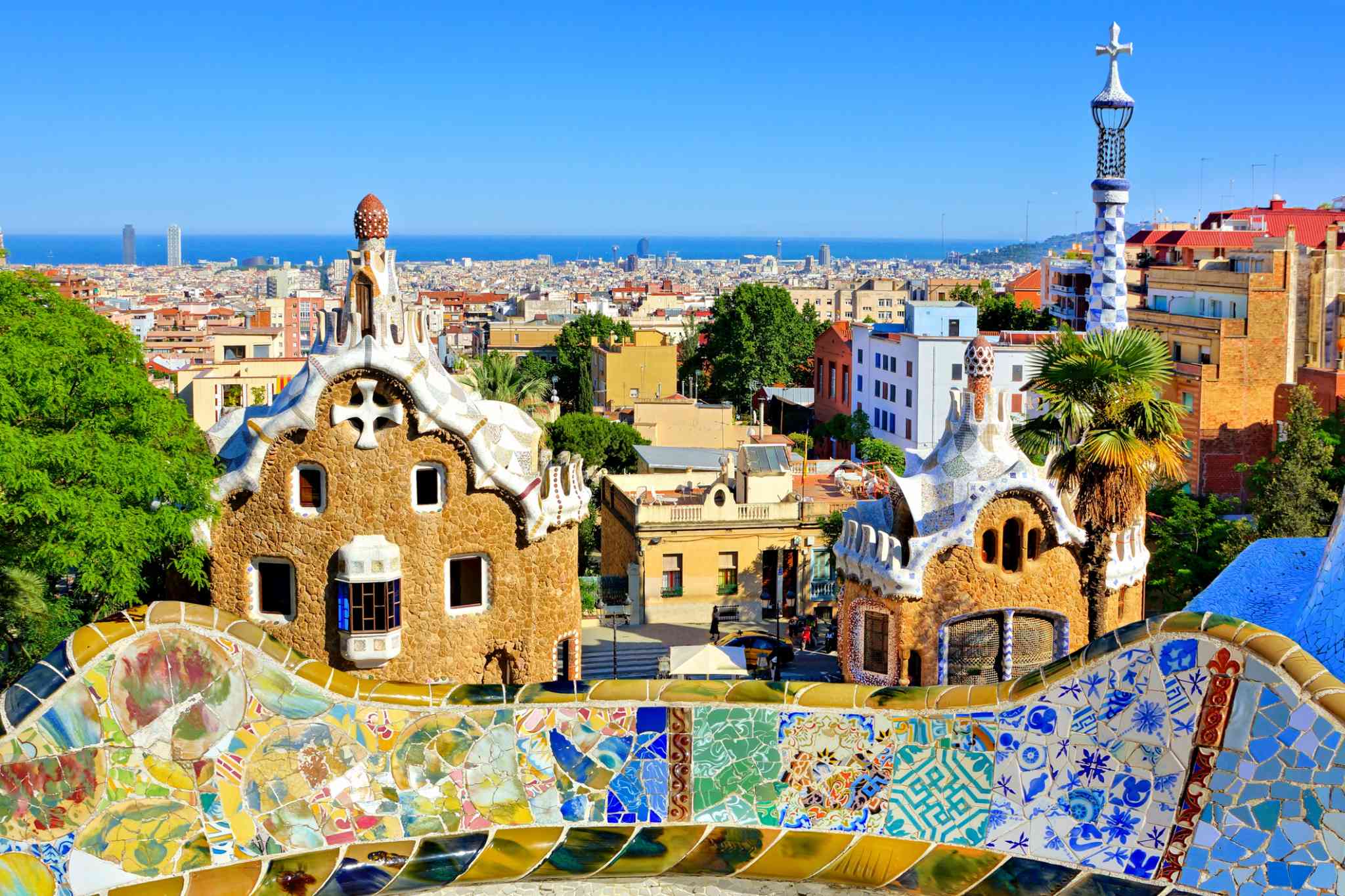When I think about the Silk Road, I am immediately filled with a sense of wonder and fascination. The idea that a mere trade route could have such a profound impact on the cultures, societies, and history of various civilizations is truly remarkable. It’s like a tapestry woven with threads of adventure, discovery, and exchange, connecting distant lands and fostering the growth of diverse ideas and traditions. In this blog post, we shall delve into the cultural impact of the Silk Road, exploring how this historic exchange shaped the world we know today.

The Silk Road, which flourished from the 2nd century BCE to the 14th century CE, was not merely a physical route connecting China, India, Persia, and the Mediterranean. It extended far beyond mere trade, becoming a conduit for the exchange of goods, technologies, art, religion, and ideas. Merchants, explorers, and religious missionaries traveled its vast stretches, facilitating cultural interactions that would have a lasting impact on the societies they encountered.
One of the most striking cultural impacts of the Silk Road was the spread of Buddhism from India to East Asia. Buddhist monks, driven by a spiritual quest for knowledge and enlightenment, undertook arduous journeys along the Silk Road, carrying with them sacred texts, teachings, and art. As they traveled, Buddhism took root and transformed in different regions. For instance, in China, Buddhist beliefs merged with existing Daoist and Confucian ideologies, giving rise to a unique Chinese Buddhist tradition that influenced not only religion but also art, literature, and philosophy.
The Silk Road also facilitated the dissemination of artistic and technological innovations. Chinese silk, renowned for its exquisite quality, quickly became a highly sought-after luxury item in the West. As trade flourished, so did the exchange of artistic styles and techniques. Greek, Persian, and Central Asian influences can be seen in the art of China, while Chinese motifs and design elements found their way into the art of the Mediterranean. The introduction of new technologies like papermaking, gunpowder, and compasses from China revolutionized various aspects of life in the West.
Moreover, the Silk Road acted as a bridge between East and West, bringing together diverse cultures and fostering a sense of cosmopolitanism. Cultural exchange was not limited to goods and ideas alone; it was also deeply intertwined with the people who traveled this ancient route. The Silk Road witnessed the mixing of languages, the blending of traditions, and the forging of relationships. Traders, craftsmen, and diplomats interacted with locals, learning their customs, languages, and ways of life, and subsequently introduced their own cultural practices. This cross-pollination of ideas was a catalyst for further innovation and creativity.
Religion played a significant role in the cultural exchange along the Silk Road. Alongside Buddhism, other major world religions such as Islam, Christianity, Zoroastrianism, and Manichaeism all found their way along the trade routes. As these religions spread, they adapted to local customs and beliefs, resulting in the development of unique syncretic traditions. For example, in Central Asia, the blending of Islam with local Shamanistic practices gave rise to Sufism, a mystical branch of Islam that emphasized a personal connection with God.
The Silk Road was not without its challenges and conflicts. It witnessed wars, invasions, and the rise and fall of empires. Yet, it also allowed for cultural diffusion and the sharing of knowledge that would leave an indelible mark on societies. It fostered an environment where different cultures coexisted, learned from one another, and shaped their own identities through the encounters.
In modern times, the Silk Road continues to captivate our imaginations and remind us of the importance of cultural exchange. The Historic Silk Roads, inscribed as a UNESCO World Heritage Site, symbolize the interconnectedness of civilizations and the mutual enrichment that arises from engaging with different cultures. The revival of the Silk Road in the form of the Belt and Road Initiative, a modern infrastructure project spanning several countries, further emphasizes the enduring legacy and potential of this ancient trade route.
In conclusion, the cultural impact of the Silk Road was profound and far-reaching. It ignited a flame of curiosity, creativity, and understanding across vast distances, bringing together people of different backgrounds, religions, and traditions. This tapestry of cultural exchange continues to shape our world today, reminding us of the richness that comes from embracing diversity and embracing the transformative power of interaction between civilizations.











